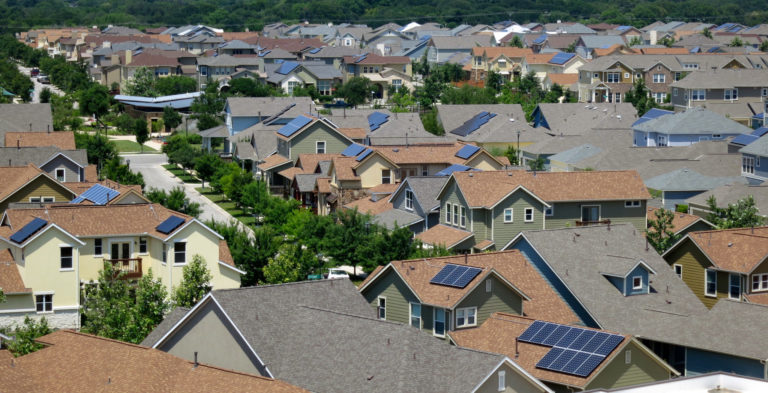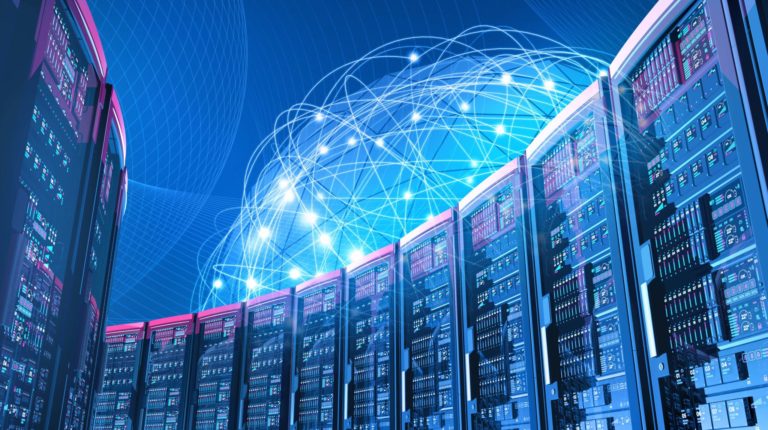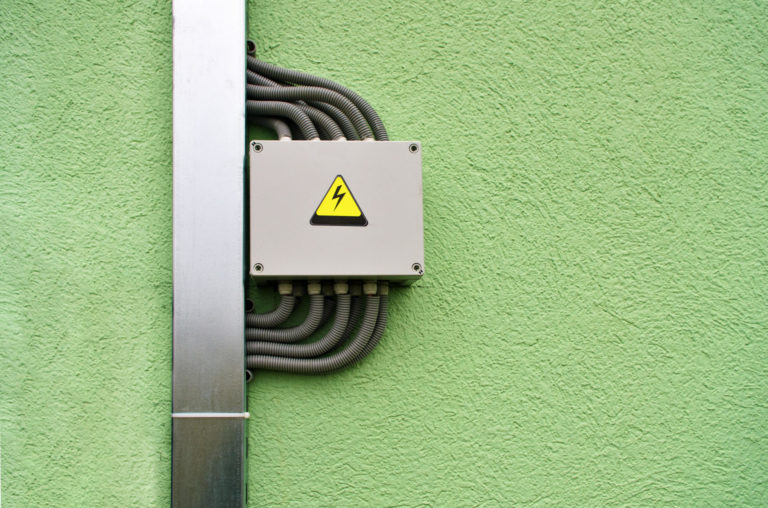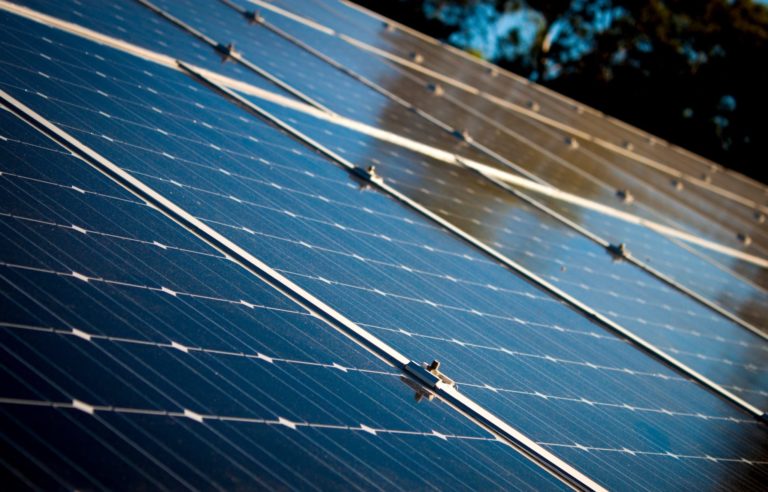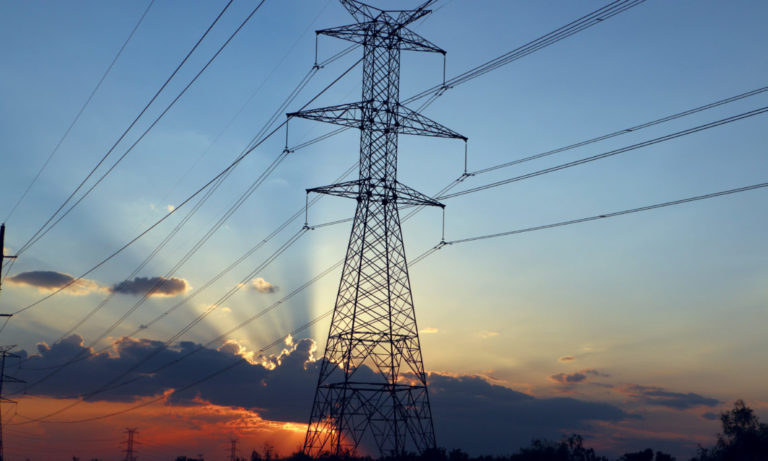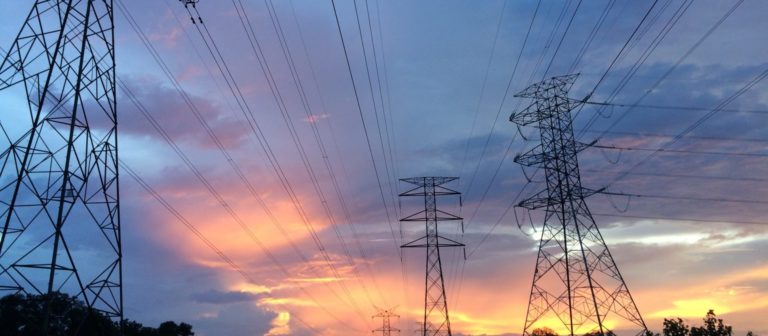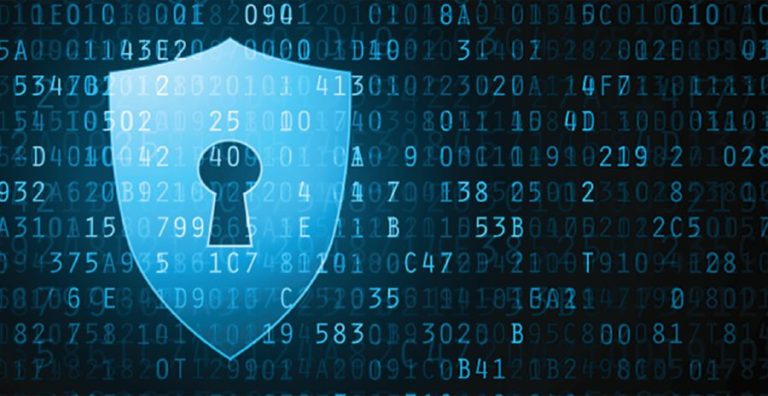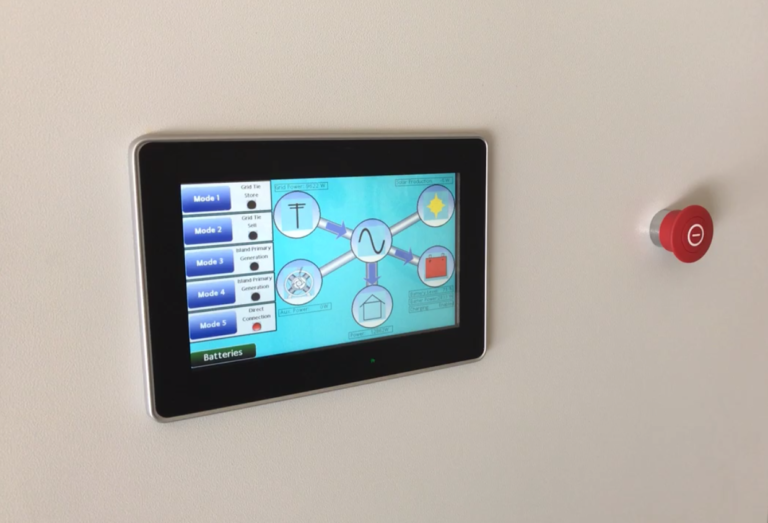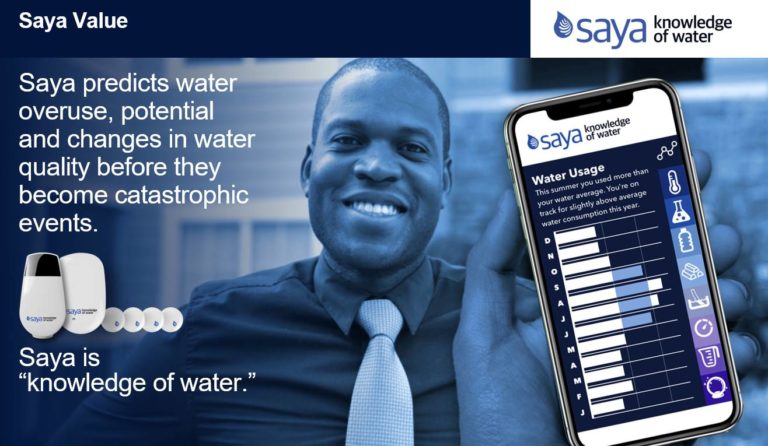January 22, 2020
January 21, 2020
Read this story at Renewable Energy World
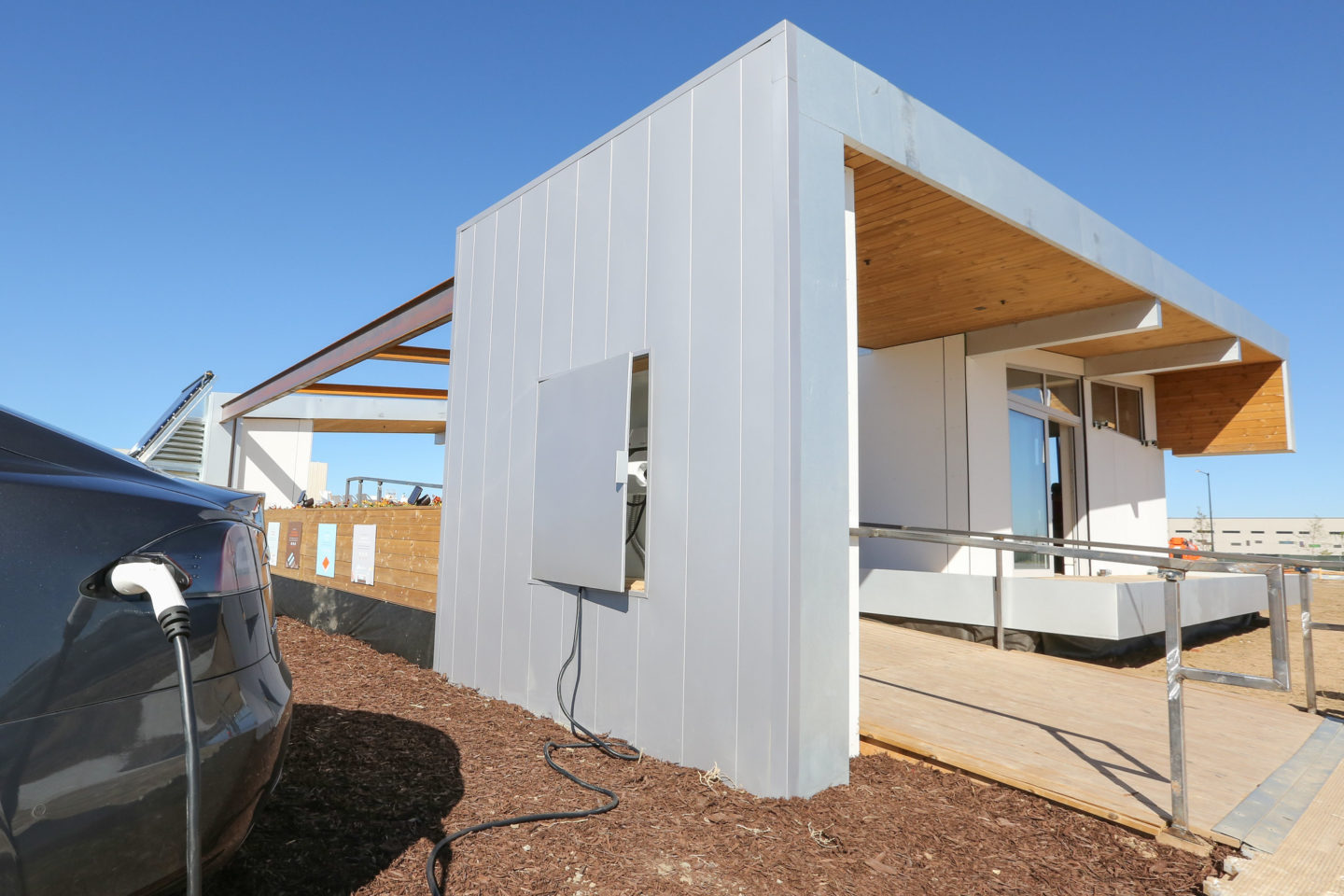
Suzanne Russo, CEO of Pecan Street, has a pretty good grip on the future of the electricity industry. That’s because her organization is designing, creating, testing, and collecting data about new, low-carbon grid-edge intelligent devices in a real-life neighborhood setting.
Pecan Street started in 2009 as a neighborhood in Austin, Texas where existing homes were equipped with advanced energy monitoring equipment. Today there are 1,115 participants, including 250 solar customers and 65 electric vehicle owners. And each home’s energy use and generation are measured 24/7/365. The data is “hosted on-site and protected with DOE-level security and made available (securely, without participant identification) to university researchers and Pecan Street’s clients,” according to the Pecan Street website.
Russo describes it as “the neighborhood of the near future with high penetrations of solar power, electric vehicles, smart home devices, demand response [and] automation.”

She said Pecan Street is particularly interested in how the systems operate, how consumer behavior changes when new technologies are introduced and “the different platforms you need to have to make all of them work together” so that the energy system as a whole is more sustainable, resilient and cleaner, she said.
And it’s that last part, how to make all of the components work together, that will be the topic of her speech next week in San Antonio, Texas at DISTRIBUTECH International.
Intelligence at the edge of the grid
Russo said that even though distributed energy resources (DER) are increasing at a quick clip, she thinks they would grow even faster if we could unlock all of the benefits that they could offer to the electricity system.
“We think that comes from adding intelligence to those DER [and] also enabling integration and interoperability between each other and the grid in real time,” she said.
“That’s the disruptor that we see.”
One example of a product with functionality like that was created by Pecan Street itself. Russo explained it as an “EV charge management hardware and software solution.” It attaches to an EV charger in a home and if a neighboring house has solar and similar technology, that neighboring home will, in real time, alert the system when it has surplus solar production. Then, the EV charge management technology, in real time, ramps and modulates the charging for that EV to consume the surplus PV that’s coming off the neighbor’s homes, she explained.
Another project the group is working on — along with the DOE and Austin Energy — revolves around smart solar and a Nissan Leaf (an electric vehicle). Pecan Street has built a control system that lets them use the EV as another storage device on the grid. “Just like a stationary battery in a garage, except that it’s a car,” she explained.
“What we have seen in these projects is that these smart inverters are actually collecting a ton of data about different grid conditions, she said, adding “PV systems have this amazing capability to respond and provide things like voltage stabilization, ramping resources, frequency and harmonic management for the grid.”
However, those technologies are not being used, yet, because utilities haven’t found a way to securely share data from the grid with these behind-the-meter resources, nor have they figured out how to compensate people for those services that these DER could be providing.
It’s not a simple problem to solve, she acknowledged.
“That’s one of the reasons that we think it’s important to keep talking about it and to keep beating the drum that there’s so much more value that can be unlocked from these DER and that if we can unlock that value, then that market is going to grow exponentially.”
What about aggregating DER?
There is a lot of talk about creating centrally controlled aggregators for DER and managing them through distributed energy resource management systems (DERMS) but Russo said that’s not the way utilities should be thinking about the future.
She likens that aggregated DERMS model to the telecom system.
“The way utilities are thinking about demand response and DER management with these central aggregators would be like having every telephone call still go through an operator bank,” she said.
“The amount of time that that takes for that signal to get exchanged, for the communication to happen, for that message to then get redirected over to another household, it’s pretty ridiculous,” said Russo.
The technology exists today where that long data exchange doesn’t need to take place. “We just need to evolve the state of data awareness and data management,” she explained.
“So that’s the future that we see hopefully happening very quickly,” she said.
To hear more from Suzanne Russo, come and see her speech at DISTRIBUTECH International: Clean Energy’s Killer App – What it Will Take to Connect Clean Energy, Transportation and the Smart Communities We’ve Been Promised, which takes place on Tuesday, January 29 at 1PM. If you haven’t registered for DTECH yet, do it today!









